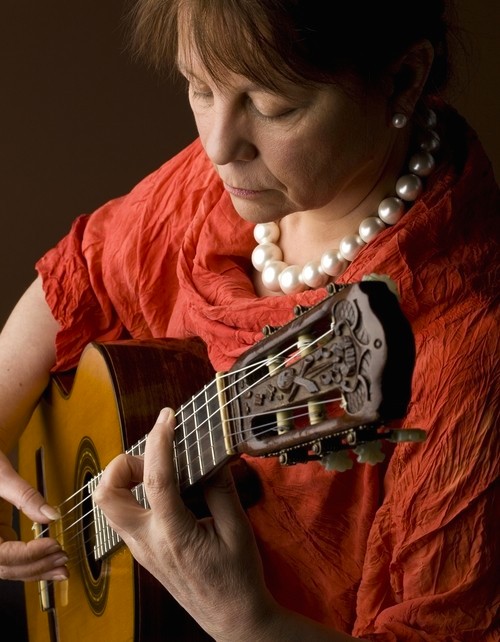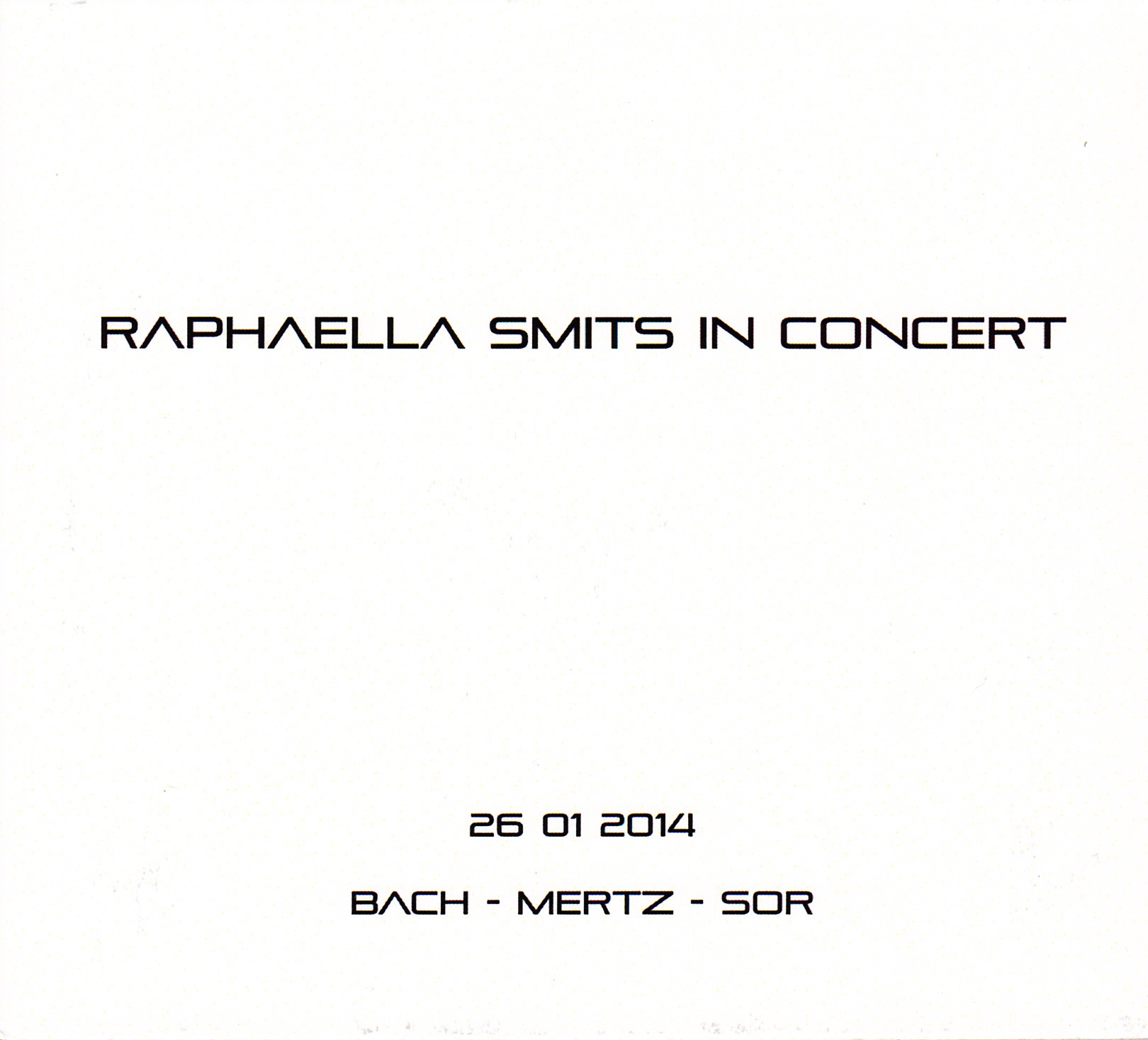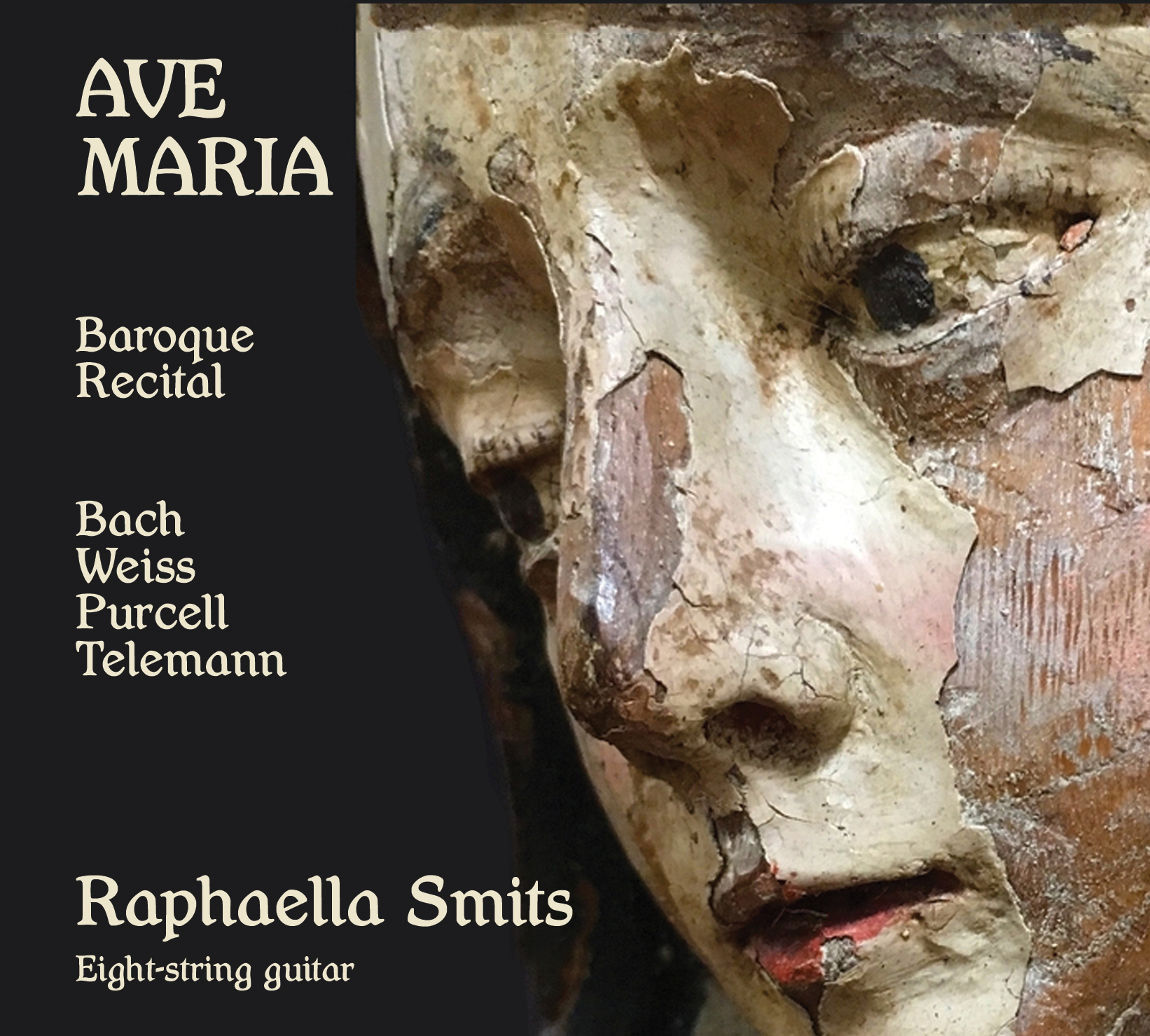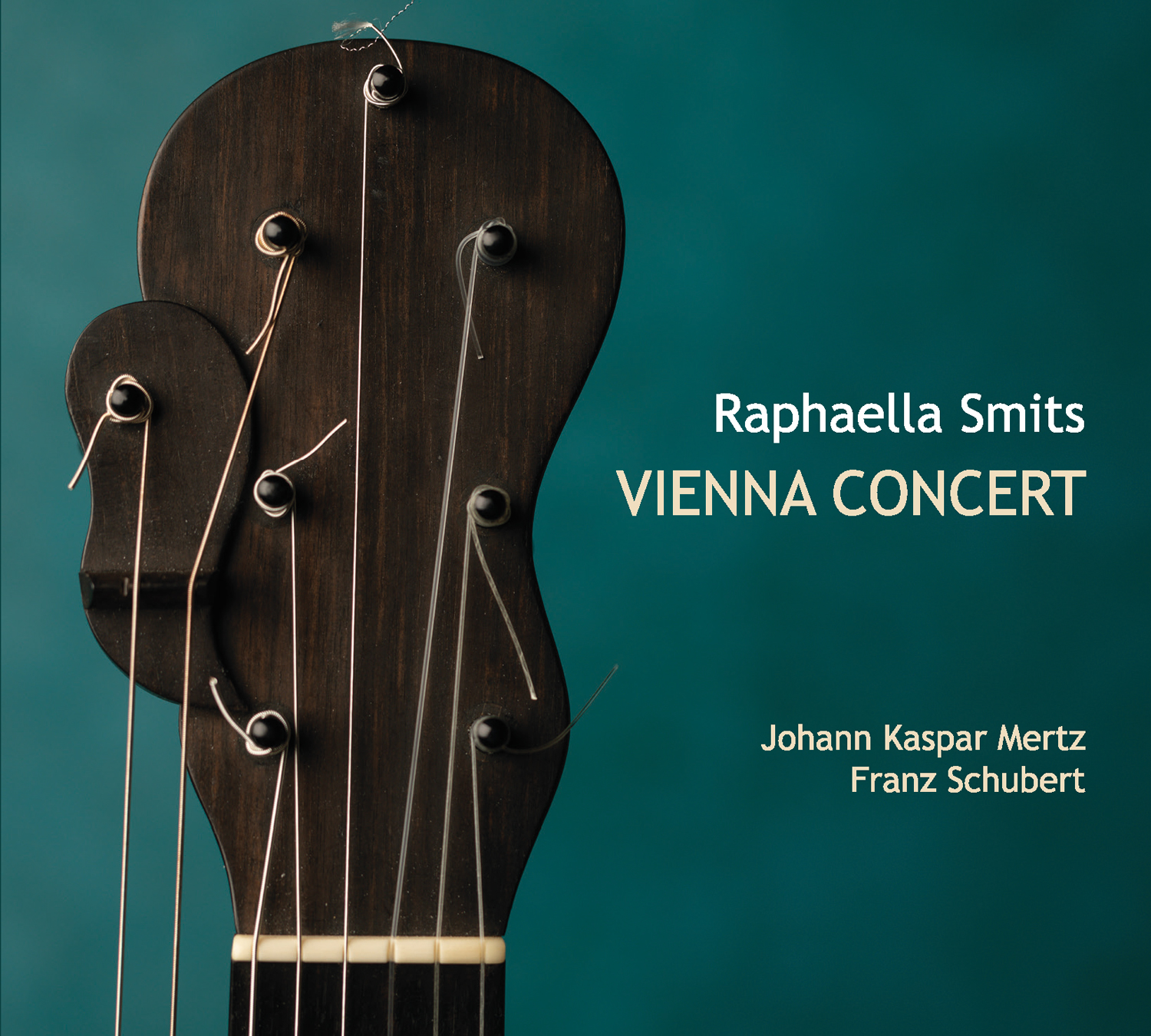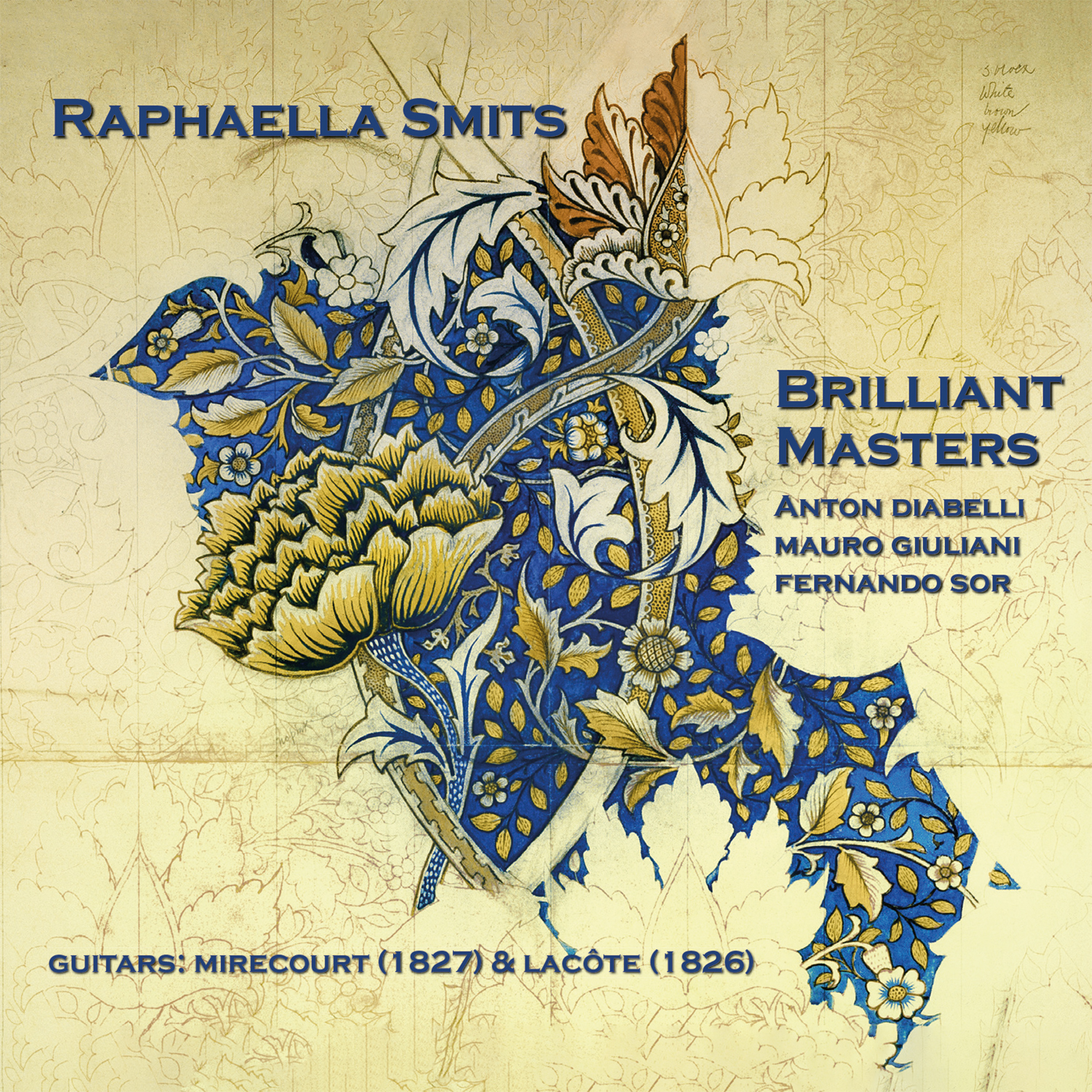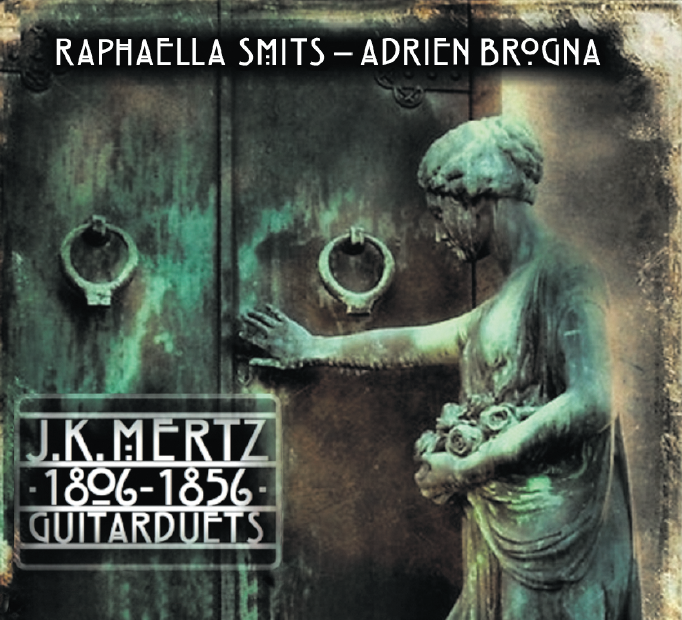Raphaella Smits about ‘CHE ARGENTINA’
"Since the 1980s I have been a regular guest in Argentina to play concerts. Twelve tours brought me to all corners of the country, on stages large and small, literally from Buenos Aires - el "Capital Federal Principal" - to Ushuaia on Tierra del Fuego, adjacent to Antarctica. In just about every province of Argentina, people came to know my art and I came to know this beautiful corner of the world.
All aspects of Argentina are fascinating: the nature, the architectural beauty, but above all the people and their exceptional musical culture. It is a country where music is part of everyday life, and where especially the guitar is always and everywhere present.
In this inspiring environment, I met extraordinary artists again and again: poets, musicians, and composers. My new program entitled Che Argentina (My Argentina) is a reflection of that privilege, and is filled with haunting music, both for me and for the listener.”
Raphaella
I wish to dedicate this recording in memory to my dear friend Janet D'Addario.
About the COMPOSERS & COMPOSITIONS
Jorge Morel (1931-2021)
Jorge Morel was an exceptionally talented guitarist from Argentina who played a major role in the development of the repertoire for classical guitar, both as a performer and as a composer. He studied with Pablo Escobar in Buenos Aires and moved to the United States early in his career. When not playing classical recitals, you could find him at a New York jazz club, The Village Gate, sharing the stage with Dizzy Gillespie, Erroll Garner and even country guitarist Chet Atkins. These various collaborations show that Jorge Morel had broad musical tastes, and this is reflected in his compositions.
As Morel says himself: “Yes, of course, I want to be considered an Argentinean composer, but what I did unconsciously, was to forget about the formal structure of that Argentinean folklore music and concentrate instead on the rhythmic patterns of a particular dance. And mixed with my heritage from Argentina is my interest in jazz. I have absorbed so much of the music of the great American composers - Gershwin and Ellington, among others - that all of a sudden in the middle of one of my compositions some blues might appear. And it does belong to the piece because that's me, that's the way I feel it.”
Suite for Olga consists of three movements and is dedicated to his wife Olga Alvarez. In the opening movement, Canción, we hear a kind of song without words, simple and melancholic. For the second and third movements, Fughetta and Giga, the composer harks back to typical elements and compositions of Baroque music, such as J.S. Bach's orchestral suites. The fughetta is a serious but concise composition, while the gigue is an all-dancing joie de vivre, a fitting tribute to Olga, who was a dancer.
Raphaella Smits who herself lost her heart in Latin America chooses more works by Morel that embody both Romantic lyricism and dance-like energy, such as his Danza in E Minor.
The Romance was written in 1976 for a Hollywood film, but they never made the movie, and Jorge decided to write it for solo guitar. In Danza Brasilera, the spirited rhythms are particularly striking. Although it is a solo composition, with some imagination you can hear a subtle rhythm section chiming in.
Juan Falú (1948) and Eduardo Falú (1923-2013)
Juan Falú and his uncle, Eduardo Falú, faced social injustices in their own way. During the so-called Guerra Sucia (Dirty War) in which he lost his brother, Juan was even exiled because of his leftist ideology. On 22 June 2007, the newspaper La Gaceta published an article about the Falú family, entitled “Una familia signada por el drama” (A family destined for drama).
Como el aire by Juan Falú is in terms of genre, a zamba, a traditional Argentine folk dance that, to be clear, has nothing to do with the samba. The zamba is a very elegant dance having six beats to the bar, in which a couple moves around each other waving handkerchiefs. Falú's music retains the stately nature of the original dance while being musically enriched with beautiful chords and overtones. Juan also arranged his uncle's song Cuando se dice adios, and did so especially for Raphaella Smits. He made an instrumental version of this song about farewell and loneliness.
Juan Falú is a reference of Argentine music. By reinterpreting and improvising on the repertoire, as well as composing new pieces, Juan Falú makes all the Argentine folklore live, dance, and sing on his guitar!
He received numerous awards for his unparalleled career as a performer, composer, festival organizer and policy maker. In addition, he created at the Universidad Nacional de San Martín, the Bachelor's Degree in Argentine Music and the Folk Music Career.
Eduardo Falú became one of the most popular musicians known far and wide for his poetic texts and his own voice full of colour and expression, playing himself the guitar accompaniment.
María Luisa Anido (1907-1996)
María Luisa Anido, “Mimita”, as we all called her, was an extraordinary pedagogue, an exceptional guitarist - the best, the "Great Lady of the Guitar" - and a prolific composer. She figures in the history of the guitar occupying one of the places reserved only for the great among the great. She was the link between the past of the Spanish school - represented by Tárrega, Llobet and Prat - and the second half of the twentieth century. She developed her career at a time when it was frowned upon for a woman to make the guitar a profession. With a progressive disposition, more by intuition and humanism than by ideology, she should also be taken into account when listing the most outstanding figures among the forerunners of the demand for women's rights in music.
Mimita was humble, noble, supportive, without the slightest hint of envy or rancor, endowed with an enviable humor and a health that was doctor- and apothecary-proof. She reached the blessed age of 89 years.
Anido incorporated various Argentine folk music techniques into her playing and compositions, such as mixed time signatures (3/4 time in the bass and 6/8 time in the melody). This rousing style can be heard in her composition Aire Norteño, inspired by an Argentine festival dance form, the bailecito.
In the 1950s, she published many compositions and suites, including Canción de Cuna. Each of these compositions contains a variety of rhythmic influences, ornaments for the left hand and demanding techniques for the right hand, such as pizzicato.
Ariel Ramirez (1921-2010)
Arie Ramirez was a compatriot, a decade older than Jorge Morel. Unlike Morel's, his music remained firmly rooted in popular culture, the best-known example being his Misa Criolla, which immediately implemented the use of the vernacular in the liturgy after the Second Vatican Council made this possible.
Much less known is his Balada para Martin Fierro. Martin Fierro was an Argentine 'gaucho', a cattle herder immortalised in José Hernández's epic poem of the same name in 1872, and in several films of the XX century. He worked in the province of La Pampa and was a happily married family man until he was called to war against the Indians in a remote outpost. After his service, Martin was forced to continue working on the camp commander's farm. He escaped and returned home, to find his family gone and his home destroyed. Fierro turned against the regime and would fight social injustices in his country for the rest of his life.
Jose Luis Merlin (1952- )
Jose Luis Merlin is a gifted Argentinian guitarist and composer.
Suite del Recuerdo a Atahualpa Yupanqui is a six-movement musical homage to his native land. A singing Evocación presents the thematic material, a reminiscence of an estilo, a musical form characteristic of the Pampas (low grasslands), and its welcome reappearance as the fifth movement of the suite is an unusual but effective device. Zamba is a dance from the mountainous north-western region of Argentina, related to both the Chilean cueca and the Peruvian marinera; it is typically danced by a man and a woman in a sort of narrative of courtship. The Chacarera, related to the popular dance “el gato”, originated in the province of Santiago del Estero but can be heard in regional variants throughout Argentina. Carnavalito is another dance from the northwest, originating (as its name indicates) in the pre-Lenten festival of Carnival. Merlin's Joropo (a characteristic dance from Venezuela which somewhat resembles the marinera) begins with a mournful introduction evocative of the wooden flutes of the Andes, in striking contrast to the vivacious dance that follows.
With special thanks to Jorge Cardoso, Richard Long and Klaas Coulembier for their valuable and fascinating input.


 Amazon
Amazon